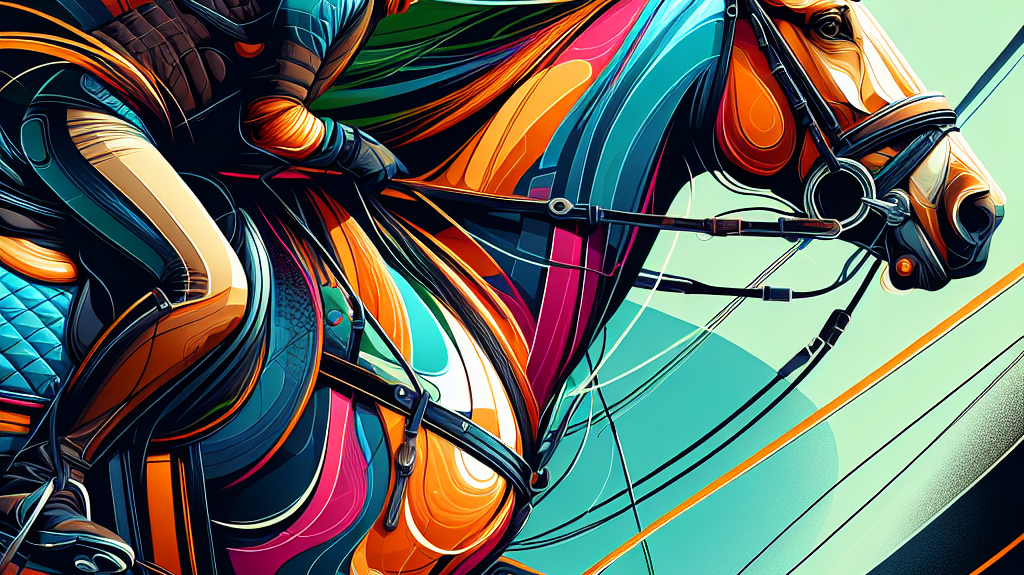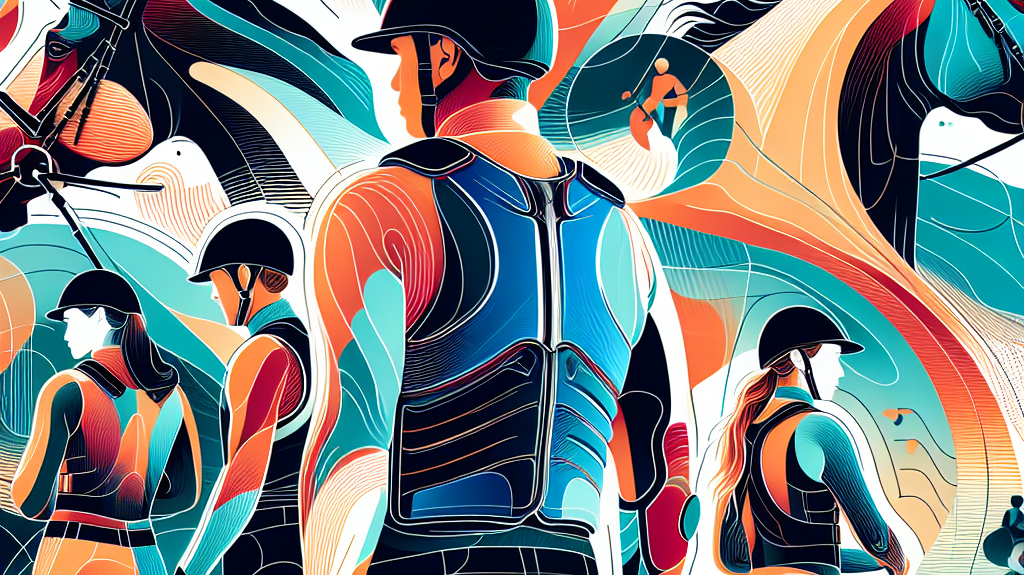The Paris 2024 Olympic Cross-Country Course: A Blend of History and Equestrian Excellence
The world is abuzz with anticipation for the Paris 2024 Olympic Games, and one of the events generating significant intrigue is the cross-country equestrian competition. Set against the backdrop of the picturesque parkland of Versailles, this course promises to be as challenging as it is beautiful. Designed by the renowned Pierre Le Goupil, the course artfully combines historical reverence with modern equestrian demands.
A Historic Venue Meets Modern Challenges
The decision to situate the course within the parkland of the Palace of Versailles is nothing short of genius. This historic location adds a layer of grandeur, ensuring that the event isn't just a competition but a visual spectacle. The course spans over 9 minutes and 2 seconds, challenging riders with 28 intricately designed obstacles that pay homage to the palace's history.
Course Details and Highlights
Let's delve into some of the standout features that make this course a marvel:
Location and Design
The course is designed to seamlessly integrate with the scenic beauty of Versailles. Each obstacle draws inspiration from the historic elements of the area, offering a fascinating blend of tradition and modern equestrian sport. For example, fences like "The Olympic Crown" and "The Ménagerie Pond" incorporate visual motifs that are emblematic of the Palace’s grandeur.
Obstacle Overview
Not just aesthetically pleasing, the obstacles are also strategically complex. Riders will face hurdles like "The Peacocks' Shelter" and "The Stag", each offering both direct routes and conservative alternatives. This setup demands not just skill but strategic decision-making, often testing the partnership between horse and rider.
Creative Elements in Design
The design elements do more than just pose a technical challenge; they tell a story. Many obstacles incorporate aspects of Palace furniture, historical objects, and the lush natural environment surrounding Versailles. Fence number 27, dubbed "Los Angeles 2028," even nods to the future, providing continuity and adding a thematic twist that links this event to the next Olympic Games.
The Art and Science of Equestrian Design
Pierre Le Goupil and his team have managed to create a course that is a masterpiece of equestrian design. The seamless integration of historical context with innovative and thematic fence designs brings the spirit of the Olympics to life. Such creative deployment signifies not just artistic skill but an in-depth understanding of equestrian sports.
Fact and Figures
To add some numbers into the mix, the entire course spans exactly 9 minutes and 2 seconds for optimal completion, emphasizing the event’s demanding nature. Key individuals in the creation of the course include Christian Ashcard of EQUIBOIS, the lead builder, and Christine Houdayer, the decorator. Their collaboration has been crucial in achieving the course's intricate and exquisite design.
Further Research and Insights
The intersection of history, sport, and design in equestrian events offers rich opportunities for further research. Topics worth exploring include:
- History of Cross-Country Equestrian Events in the Olympics: An in-depth look at the evolution of these events over the years.
- Design and Construction of Equestrian Courses: Understanding the complexities involved in creating courses of this caliber.
- Impact of Equestrian Events on Host Cities: An analysis of the economic and social ramifications of hosting such prestigious events.
Conclusion: An Equestrian Spectacle to Remember
The Paris 2024 Olympic cross-country course offers more than a series of challenges for its competitors; it stands as a monument to the art of equestrian design. By intricately weaving historical elements and modern competitive demands, Pierre Le Goupil has crafted a course that is both a formidable test and a visual masterpiece. For equestrian enthusiasts and Olympic fans alike, this course promises to be a highlight, combining the thrill of sport with the beauty of history.
Source: Horse & Hound




